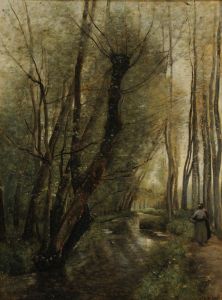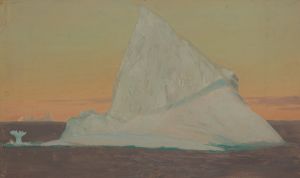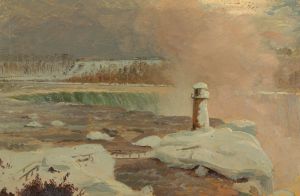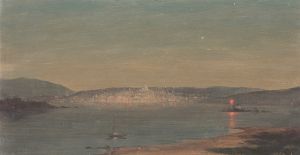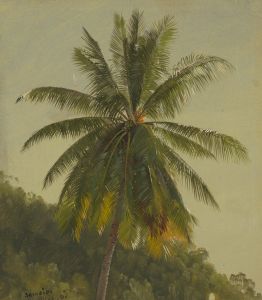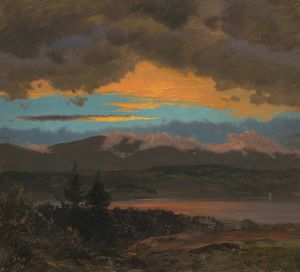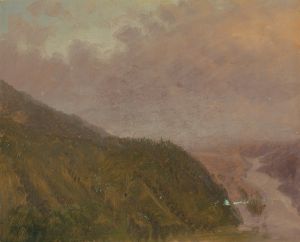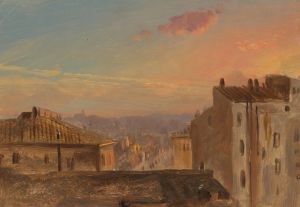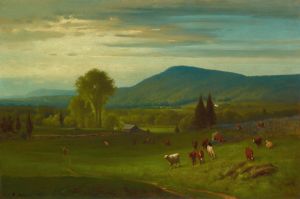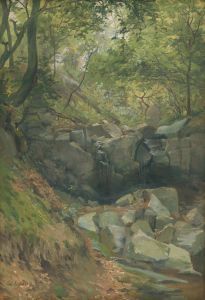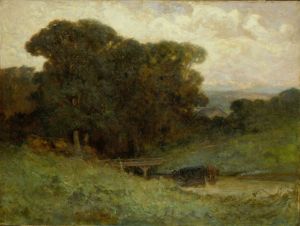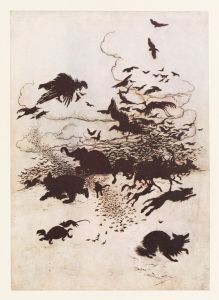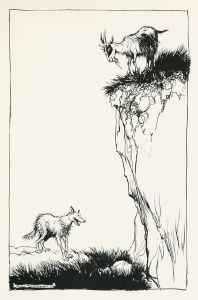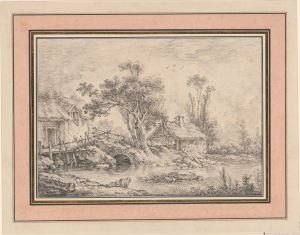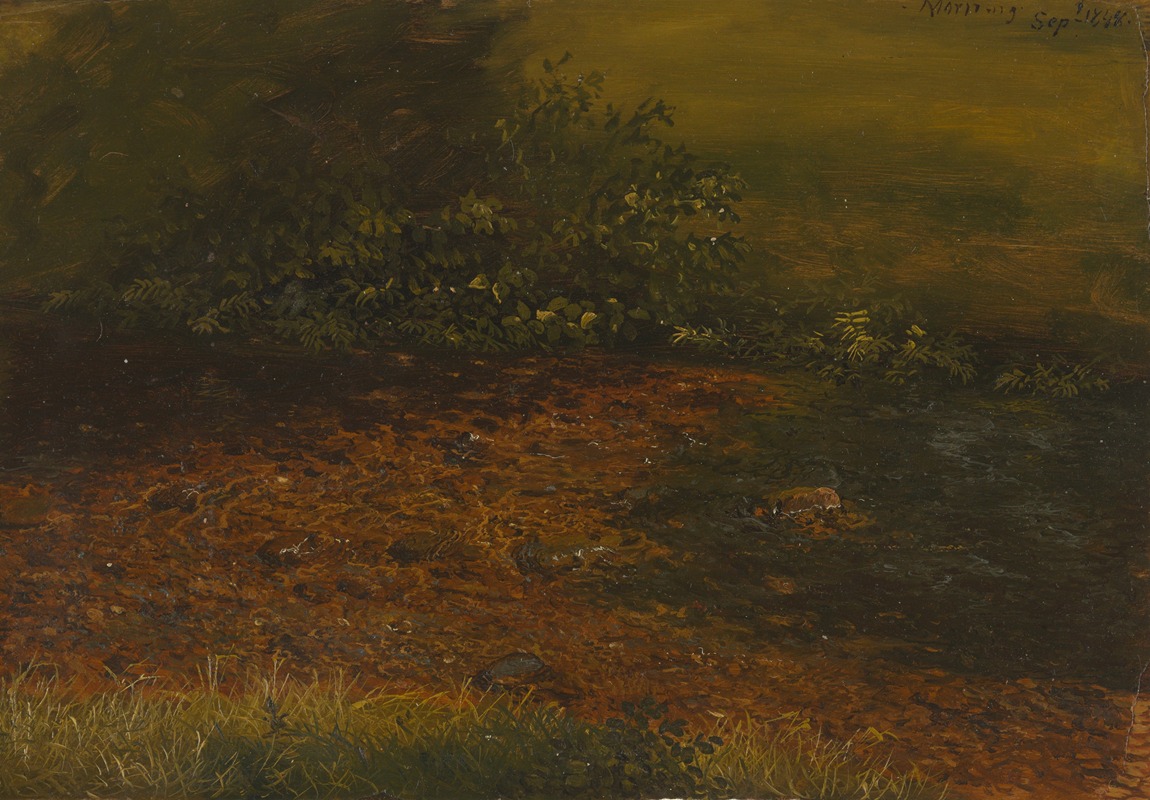
Woodland stream in the Catskills
A hand-painted replica of Frederic Edwin Church’s masterpiece Woodland stream in the Catskills, meticulously crafted by professional artists to capture the true essence of the original. Each piece is created with museum-quality canvas and rare mineral pigments, carefully painted by experienced artists with delicate brushstrokes and rich, layered colors to perfectly recreate the texture of the original artwork. Unlike machine-printed reproductions, this hand-painted version brings the painting to life, infused with the artist’s emotions and skill in every stroke. Whether for personal collection or home decoration, it instantly elevates the artistic atmosphere of any space.
"Woodland Stream in the Catskills" is a painting by the renowned American landscape artist Frederic Edwin Church, who was a central figure in the Hudson River School, a mid-19th century American art movement embodied by a group of landscape painters whose aesthetic vision was influenced by romanticism. Church is best known for his large-scale landscapes that often depict dramatic natural scenes.
This particular painting, "Woodland Stream in the Catskills," exemplifies Church's skill in capturing the serene beauty and intricate details of the American wilderness. The Catskill Mountains, located in southeastern New York, were a popular subject for artists of the Hudson River School, including Church, who often sought to capture the sublime and picturesque qualities of the American landscape. The region's dense forests, rolling hills, and flowing streams provided rich material for Church's artistic exploration.
In "Woodland Stream in the Catskills," Church employs his characteristic attention to detail and mastery of light to create a tranquil scene that invites viewers into the heart of the forest. The painting likely features a stream meandering through a lush, wooded area, with sunlight filtering through the canopy of trees, casting dappled light on the water and forest floor. Church's use of color and light would have been intended to evoke a sense of peace and natural harmony, drawing the viewer's eye through the composition and highlighting the beauty of the untouched landscape.
Church's work is often noted for its meticulous detail and the way it captures the grandeur of nature. His paintings typically reflect a deep appreciation for the natural world, as well as a sense of exploration and discovery. This is consistent with the ethos of the Hudson River School, which celebrated the American landscape as a source of national pride and identity.
The painting is a testament to Church's ability to convey the spiritual and emotional resonance of the natural world. His landscapes often suggest a divine presence in nature, a theme that resonated with the transcendentalist ideas of the time, which emphasized the inherent goodness of people and nature.
"Woodland Stream in the Catskills" would have been created during a period when Church was actively exploring the landscapes of the northeastern United States, capturing scenes that were both familiar and majestic. His work from this period reflects a deep engagement with the natural environment and a commitment to portraying its beauty with accuracy and reverence.
While specific details about the creation and exhibition history of "Woodland Stream in the Catskills" may not be extensively documented, the painting remains an important example of Church's work and the broader Hudson River School movement. It continues to be appreciated for its artistic merit and its role in the development of American landscape painting.
Church's legacy as a landscape painter is significant, and his works, including "Woodland Stream in the Catskills," continue to be celebrated for their contribution to American art and their enduring ability to inspire awe and appreciation for the natural world.





